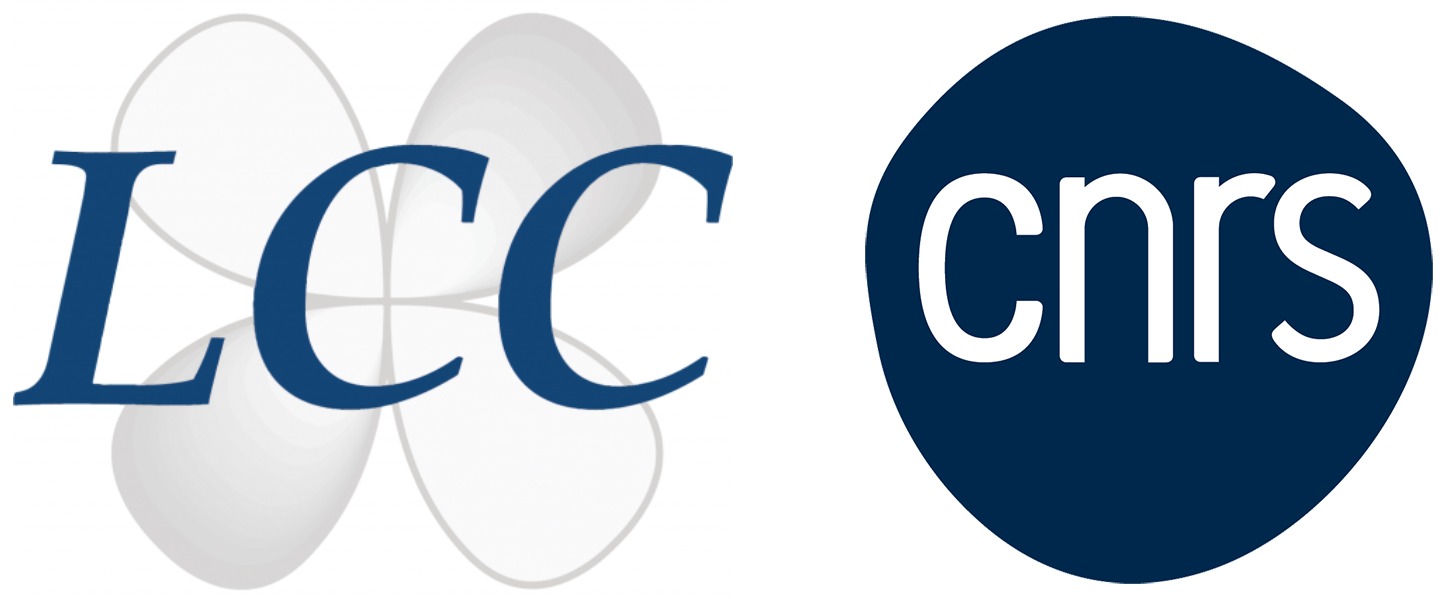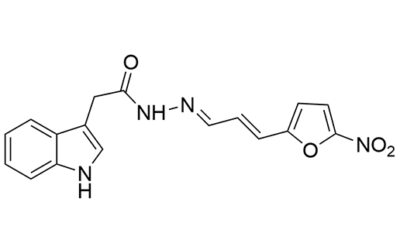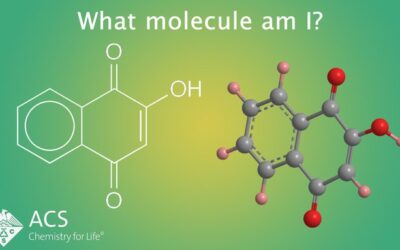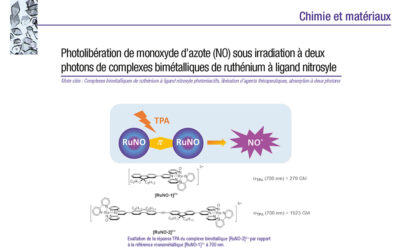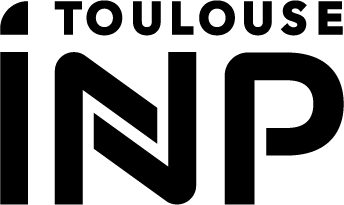LCC
Overview
The synthesis and characterization of new photoactive molecular materials are at the heart of the team’s work. The ruthenium nitrosyl complexes, due to their wide range of physicochemical properties, concentrate a large part of our activity.
Theoretical prediction of these properties allows us to efficiently guide the experimenters towards the best synthetic targets. Obtaining nanometric aggregates of these molecular objects is also part of the team’s strategies.
Our interest in these systems lies in their photoreactivity which allows us to consider applications in photodynamic therapy or in optical information storage.
Members of the team
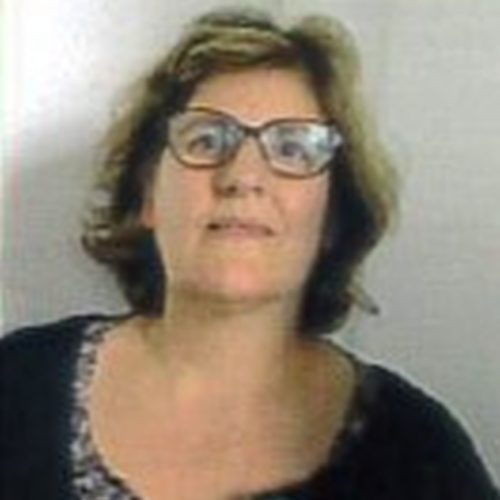
MALFANT Isabelle
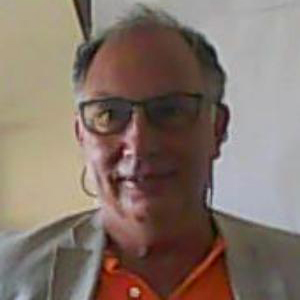
BALTAS Michel
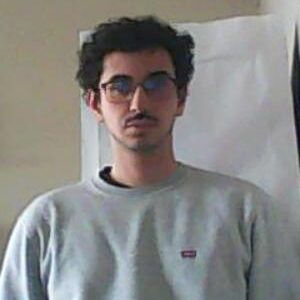
BENYAHIA Massyl
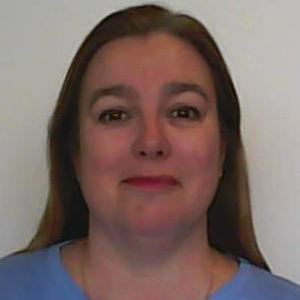
DE BONNEVAL Benedicte
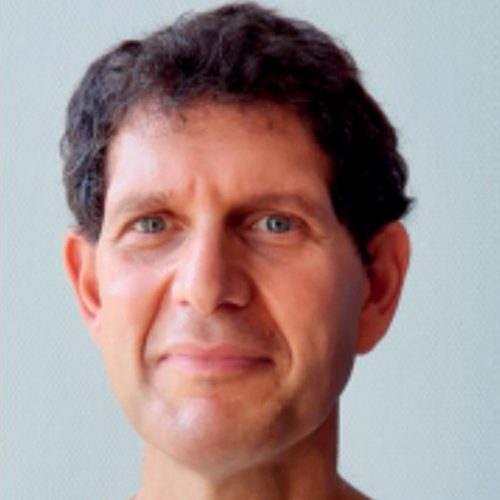
DE CARO Dominique
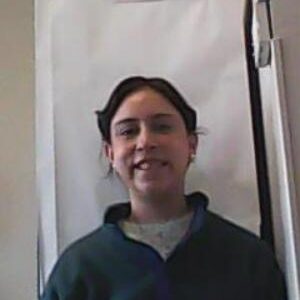
GAMEZ-LARA Astrid-Mariana

HU Yingying
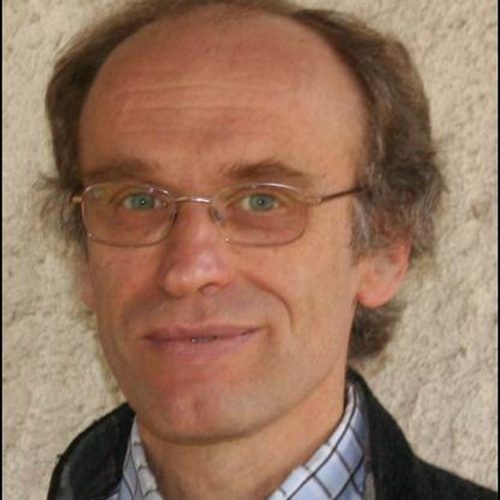
LACROIX Pascal
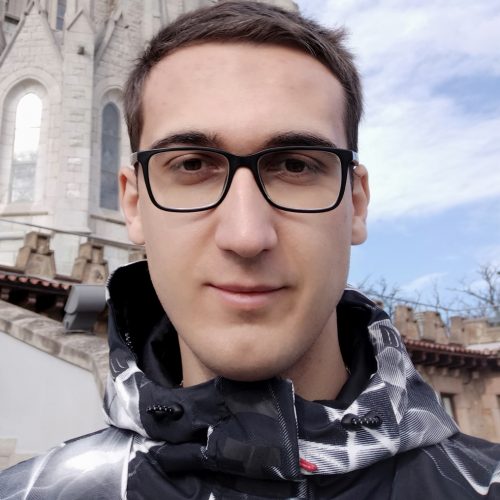
MUDRAK Vladyslav

SU Hang

TASSE Marine
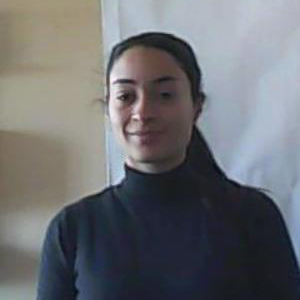
TEBBI Nour
No Results Found
Research topics
NO photo-release in ruthenium nitrosyl complexes / nano-objects
Nitric oxide (NO) is now recognized for its implications in numerous biological mechanisms, including the fight against cancer and bacteria…
Photo-induced isomerization in ruthenium nitrosyl complexes Ru-NO / Ru-ON commutation
Obtaining materials with an atom or molecule that can be switched into two distinct states can generate storage capacities comparable to those of the DNA molecule, i.e. of the order of a terabyte/cm3.
Applications in the field of health
Given the difficulties encountered by conventional antibiotics in treating certain infections, particularly those caused by biofilms, there is an urgent need to develop new therapies to combat antimicrobial resistance.
Team news
Infuzide : A Promising New Molecule Against Multidrug-Resistant Bacteria
Published in American Society of Microbiology by M. Baltas et al.
Lawsone featured in ACS Molecule of the Week
A study by the LCC (Michel Baltas, Anne Robert et al.) and the University of Tartu (Estonia) cited in ‘ACS Molecule of the Week’.
Highlight 2022 Team R
Ruthenium complexes with nitrosyl ligands are used to non-invasively release nitric oxide through light irradiation using the “two-photon absorption” (TPA) technique, and bimetallic complexes exhibit a five-fold higher sTPA value compared to monometallic complexes.
Publications
2025
Comprehensive biological evaluation of infuzide as a potent antimicrobial, alone and in combination with gentamicin, linezolid, and minocycline targeting MDR Staphylococcus aureus and Enterococcus sp
Maitra R., Saxena D., Akhir A., Kapusterynska A., Baltas M., Chopra S.
Microbiol. Spectrum 2025, 13(7), e00279-25/1-19.
10.1128/spectrum.00279-25 – hal-05098906
Photo-release of acetonitrile in ruthenium(II) complexes with various substituted terpyridine ligands
Mudrak V., Lacroix P. G., Labra-Vázquez P., Tassé M., Mallet-Ladeira S., Malfant I.
Dalton Trans. 2025, 54(22), 9021-9031.
10.1039/D5DT00734H – hal-05093703
Mechanochemistry to form substituted imidazoles, imidazolium salts and NHC–Gold complexes with fluorine-containing groups
Salis C., Mohammedi S., Turazza L., Blandin Y., Garnier M., Hemmert C., Baltas M., Gornitzka H.
Molecules 2025, 30(3), 522/1-16.
10.3390/molecules30030522 – hal-04931989
2024
Mechanochemical cleavage of wheat lignin into a more homogeneous fraction
Cachet N., Lavedan P., Baltas M., Benjelloun-Mlayah B.
Industrial Crops and Products 2024, 221, 119321/1-13.
https://doi.org/10.1016/j.indcrop.2024.119321
https://hal.science/hal-04693246
Photorelease of nitric oxide from Pluronic F127/chitosan hydrogels incorporating a water soluble ruthenium nitrosyl complex
Gzam H., Katar D., Tassé M., Xiao Y., Malfant I., Fitremann J., Vicendo P., Mingotaud A.-F., de Caro D.
New Journal of Chemistry 2024, 48(18), 8343-8351.
http://dx.doi.org/10.1039/D4NJ00724G
https://hal.science/hal-04668795
Photorelease of nitric oxide (NO) in mono- and bimetallic ruthenium nitrosyl complexes: A photokinetic investigation with a two-step model
Juarez-Martinez Y., Labra-Vázquez P., Lacroix P. G., Tassé M., Mallet-Ladeira S., Pimienta V., Malfant I.
Inorganic Chemistry 2024, 63(17), 7665-7677.
https://doi.org/10.1021/acs.inorgchem.3c04496
https://hal.science/hal-04666484
Fused double oxazolidine vs Imine ligands and Zn-complexes formation: Experimental and theoretical calculations
Sánchez-Portillo P., Morales-Morales D., Grévy J. M., Lacroix P. G., Flores V. E. G., Barba V.
Journal of Molecular Structure 2024, 1310, 138306/1-11.
https://doi.org/10.1016/j.molstruc.2024.138306
https://hal.science/hal-04590913
Ruthenium nitrosyl complexes with NO release capability: the use of fluorene as an antenna
Mudrak V., Lacroix P. G., Tassé M., Mallet-Ladeira S., Roshal A. D., Malfant I.
Dalton Transactions 2024, 53(23), 9777-9791.
http://dx.doi.org/10.1039/D4DT01154F
https://hal.science/hal-04580926
2023
A Trojan horse approach for enhancing the cellular uptake of a ruthenium nitrosyl complex
Labra-Vázquez P., Rocha E., Xiao Y., Tassé M., Duhayon C., Farfán N., Santillan R., Gibot L., Lacroix P. G., Malfant I.
Dalton Transactions 2023, 52(48), 18177-18193.
http://dx.doi.org/10.1039/D3DT03480A
https://hal.science/hal-04346306
Acetylacetonate ruthenium nitrosyls: A gateway to nitric oxide release in water under near-infrared excitation by two-photon absorption
Labra-Vázquez P., Mudrak V., Tassé M., Mallet-Ladeira S., Sournia-Saquet A., Malval J.-P., Lacroix P. G., Malfant I.
Inorganic Chemistry 2023, 62(49), 20349-20363.
https://doi.org/10.1021/acs.inorgchem.3c03355
https://hal.science/hal-04284209
Crystal structures and conformational effects in bis-fluorenyl based ligands and related ruthenium nitrosyl complexes
Juarez-Martinez Y., Labra-Vázquez P., Lacroix P. G., Tassé M., Bocé M., Mallet-Ladeira S., Malfant I.
Polyhedron 2023, 246, 116690/1-10.
https://doi.org/10.1016/j.poly.2023.116690
https://hal.science/hal-04283893
First example of photorelease of nitric oxide from ruthenium nitrosyl-based nanoparticles
Farhat A., Tassé M., Bocé M., de Caro D., Malfant I., Vicendo P., Mingotaud A.-F.
Chemical Physics Letters 2023, 818, 140434/1-4.
https://doi.org/10.1016/j.cplett.2023.140434
https://hal.science/hal-04034750
2022
Two-photon absorption-based delivery of nitric oxide from ruthenium nitrosyl complexes
Lacroix P. G., Malfant I., Labra-Vázquez P., Fárfan N., Ramos-Ortiz G.
Dalton Transactions 2022, 51(39), 14833-14841.
http://dx.doi.org/10.1039/D2DT02553A
https://hal.archives-ouvertes.fr/hal-03796675
Bimetallic ruthenium nitrosyl complexes with enhanced two-photon absorption properties for nitric oxide delivery
Juarez-Martinez Y., Labra-Vázquez P., Enríquez-Cabrera A., Leon-Rojas A. F., Martínez-Bourget D., Lacroix P. G., Tassé M., Mallet-Ladeira S., Farfán N., Santillan R., Ramos-Ortiz G., Malval J.-P., Malfant I.
Chemistry – A European Journal 2022, 28(62), e202201692/1-14.
https://doi.org/10.1002/chem.202201692
https://hal.archives-ouvertes.fr/hal-03796799
2021
Two-photon absorption properties in « push-pull » ruthenium nitrosyl complexes with various fluorenylterpyridine-based ligands
Bukhanko V., León-Rojas A. F., Lacroix P. G., Tassé M., Ramos-Ortiz G., Barba-Barba R. M., Farfán N., Santillan R., Malfant I.
European Journal of Inorganic Chemistry 2021, 2021(17), 1670-1684.
https://doi.org/10.1002/ejic.202100109
https://hal.archives-ouvertes.fr/hal-03228987
Characterization of charge states in conducting organic nanoparticles by X-ray photoemission spectroscopy
Fraxedas J., Vollmer A., Koch N., de Caro D., Jacob K., Faulmann C., Valade L.
Materials 2021, 14(8), 2058/1-13.
https://doi.org/10.3390/ma14082058
https://hal.archives-ouvertes.fr/hal-03219545
First nanoparticles of a conductor based on the organic donor molecule BETS: κ-(BETS)2FeCl4
Jacob K., Faulmann C., de Caro D., Valade L.
Materials 2021, 14(16), 4444/1-7.
https://doi.org/10.3390/ma14164444
https://hal.archives-ouvertes.fr/hal-03364498
Crystal structure of 1,1’-(pyridine-2,6-diyl)bis[N-(pyridin-2-ylmethyl)methanaminium] dichloride dihydrate
Merabet L., Tasse M., Mallet-Ladeira S., Kaboub L., Malfant I.
Acta Crystallographica Section E 2021, 77(12), 1296-1298.
https://doi.org/10.1107/S205698902101183X
https://hal.archives-ouvertes.fr/hal-03600453
Amplitude mode of charge density wave in TTF[Ni(dmit)2]2 observed by electronic Raman scattering
Revelli Beaumont M., Gallais Y., Sacuto A., Jacob K., Valade L., de Caro D., Faulmann C., Cazayous M.
Physical Review B 2021, 103(3), 035139/1-5.
https://doi.org/10.1103/PhysRevB.103.035139
https://hal.archives-ouvertes.fr/hal-03229054
Superconducting super-organized nanoparticles of the superconductor (BEDT-TTF)2Cu(NCS)2
de Caro D., Jacob K., Revelli-Beaumont M., Faulmann C., Valade L., Tassé M., Mallet-Ladeira S., Fan S., Kawamoto T., Mori T., Fraxedas J.
Synthetic Metals 2021, 278, 116844.
https://doi.org/10.1016/j.synthmet.2021.116844
https://hal.science/hal-03364488
Possible observation of the signature of the bad metal phase and its crossover to a Fermi liquid in κ-(BEDT-TTF)2Cu(NCS)2 bulk and nanoparticles by Raman scattering
Revelli Beaumont M., Hemme P., Gallais Y., Sacuto A., Jacob K., Valade L., de Caro D., Faulmann C., Cazayous M.
Journal of Physics: Condensed Matter 2021, 33(12), 125403/1-9.
http://dx.doi.org/10.1088/1361-648X/abd813
https://hal.archives-ouvertes.fr/hal-03229011
Colorimetric metal ion (II) Sensors Based on imine boronic esters functionalized with pyridine
Sánchez-Portillo P., Hernández-Sirio A., Godoy-Alcántar C., Lacroix P. G., Agarwal V., Santillán R., Barba V.
Dyes and Pigments 2021, 186, 108991/1-13.
https://doi.org/10.1016/j.dyepig.2020.108991
https://hal.archives-ouvertes.fr/hal-03108961
Partnerships
Click here to consult the partners
Patricia Vicendo, Anne-Françoise Mingotaud, IMRCP, Université de Toulouse 3
Christine Roques, LGC, Université de Toulouse 3
Marie-Pierre Rols, IPBS-CNRS, Toulouse
Marylise Buron-Lecointe, IPR, Université de Rennes 1
Gabriel Ramos, CIO, Mexique
Norberto Farfán, UNAM, Mexique
Zoia Voitenko, Taras Shevchenko National University of Kyiv, Ukraine
Oleksander Roschal, Karazin University of Kharkov, Ukraine
Funding
Click here to consult the funders
French Ministry of Higher Education and Research
International Research Project (IRP) MCCM (France – Mexico)
COMUE Occitania Region
Campus France
ANR Photochromics
ANR NOBaclight
LCC
Laboratoire de chimie de coordination du CNRS
205 route de Narbonne, BP 44099
31077 Toulouse cedex 4
France
